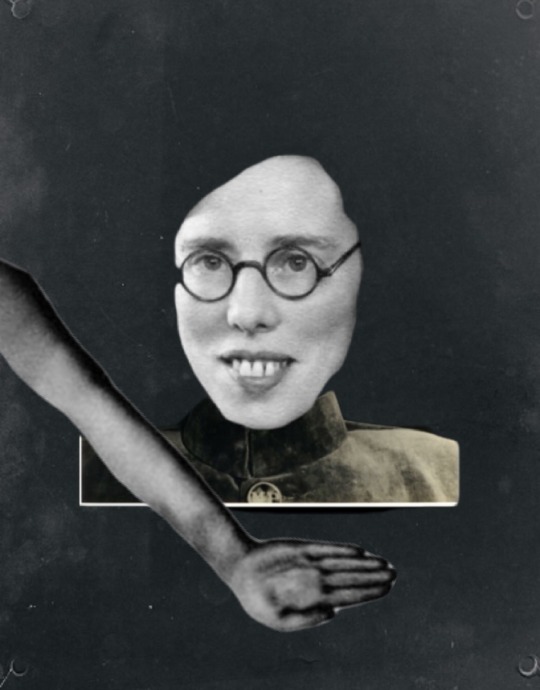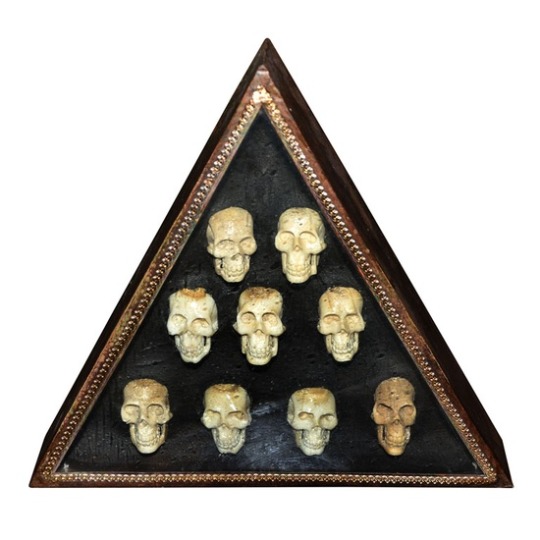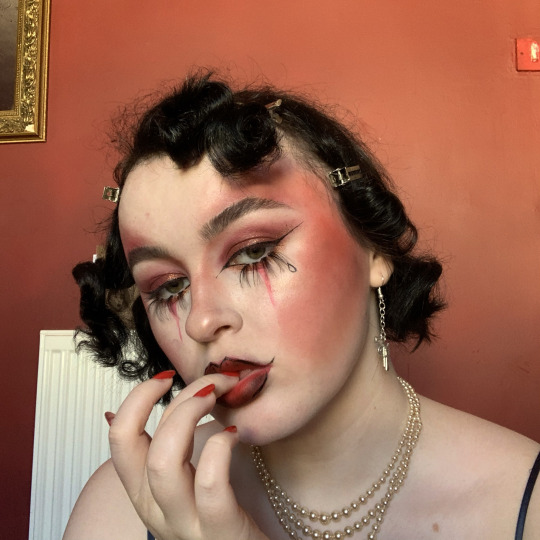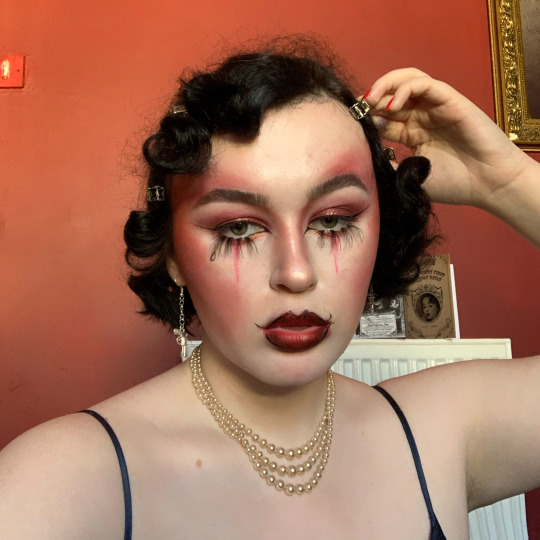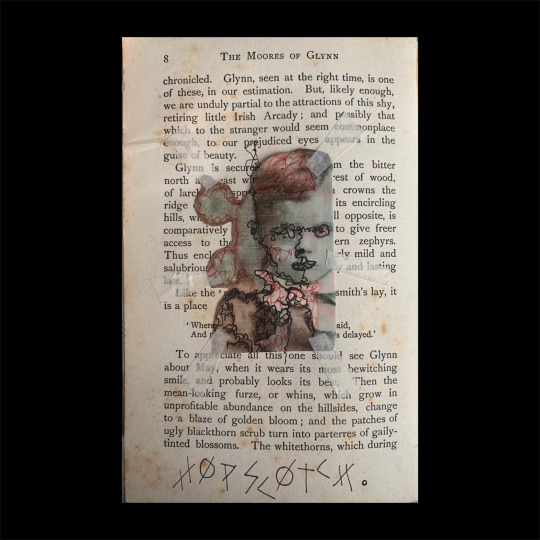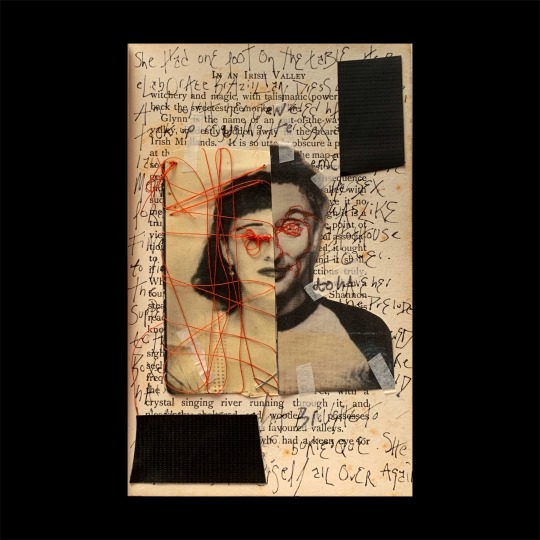Text
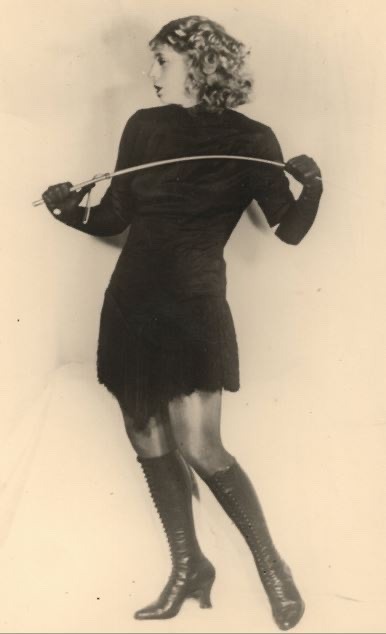
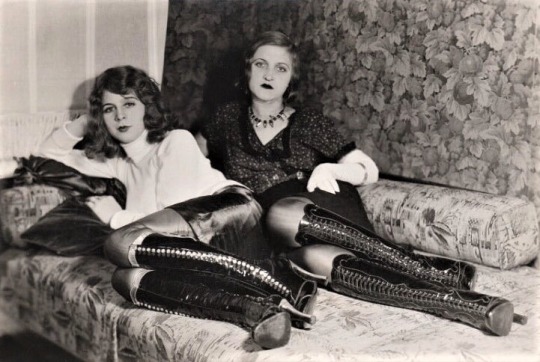
Franz Rehfeld, 1930s Weimar erotic photographer.
1 note
·
View note
Text


C̸i̸r̸q̸u̸e̸ d̸u̸ f̸r̸e̸a̸k̸ -̸ e̸x̸t̸e̸n̸d̸e̸d̸
2 notes
·
View notes
Text
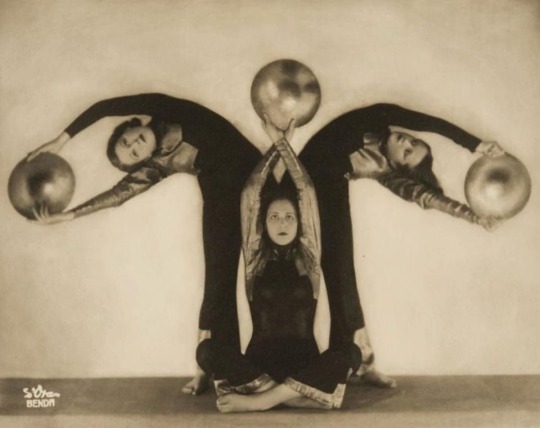
Atelier D'Ora/Benda - The Dance with the Golden Discs, choreographed by Gertrud Bodenwieser, 1931
0 notes
Text

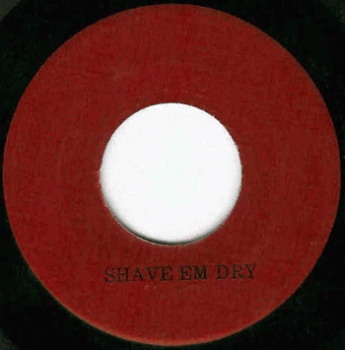
Miss Lucille Bogan, one of “the big three of the blues” was also recorded under the name of ‘Bessie Jackson.’ Born in 1897 in Mississippi, Lucille first recorded vaudeville songs for Okeh Records in New York during early 1923, later that year she travelled to Atlanta to record “Pawn Shop Blues,” this being the first time a black blues singer had recorded outside of New York and Chicago.
Lucille is mainly recognised for her sexually explicit lyrics, commonly referred to online in modern day as the “Lil Kim of the blues.” But of course her lyrics would make even the likes of Lil Kim blush. It was by the 1930s that her songs began to predominantly contain more sexual content. With her experience with performing in more vivacious and rowdy juke joints in the 20’s, the songs that she wrote had thinly veiled humourous sexual references. The theme of prostitution, large penises and her irresistible sex appeal were main themes throughout her songs.
Lucille returned to New York in 1933 and began to record alongside pianist Walter Roland with Banner label under the name ‘Bessie Jackson’ in order to disguise her identity. Her biggest hits during this era included “Coffee Grindin’ Blues” and “My Georgia Grind.” Her final recordings with Roland and guitarist/songwriter George White include two takes of arguably her most well known song “shave ‘em dry” in 1935. According to research, this song was written and sang for the fun of the recording engineers, with Lucille not having seen the lyrics prior to recording. There are no documented recordings from Lucille after 1935. She managed her son’s jazz group for a short time before moving to Los Angeles, where she died in 1948 of coronary sclerosis.
6 notes
·
View notes
Text

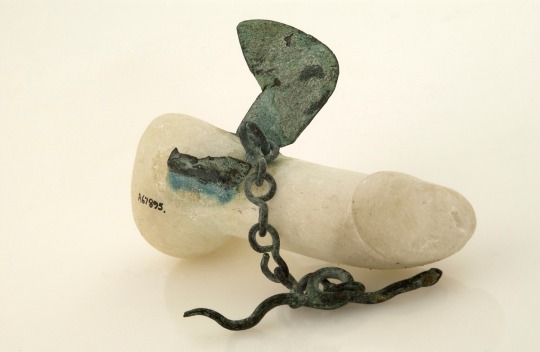
Phallic amulet made from alabaster with bronze wings, found in Pompeii.
1 note
·
View note
Text
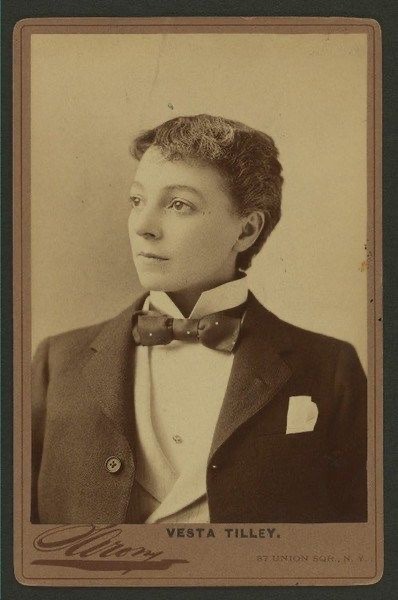

Miss Vesta Tilley, Victorian male impersonator.
Born ‘Matilda Alice Powles,’ the daughter of a music-hall performer, she appeared on the stage at three and first played in male attire two years later. Before she was 14, she was playing in two different London music halls each evening. From then until her retirement in 1920, Tilley performed in pantomimes and headed the variety bill as a male impersonator in London, in the English provinces, and in the United States. In 1890 she married Walter de Frece (later Sir Walter), the composer of many of her songs and a music hall impresario who in 1920 became a member of Parliament. Two songs for which she was famous are “The Piccadilly Johnny with the Little Glass Eye” and “Following in Father’s Footsteps.”
There were a number of other stars at the time who were women cross-dressed as men, including Bessie Bellwood, Ella Shields, Hetty King, Millie Hylton and Fanny Robina. Once she became a household name, Tilley made an effort to underline her femininity off stage, to protect herself against criticism and allow her to continue to push boundaries in her career. She wore the latest fashions off stage, glamorously clad in fur and jewellery, as befitted her role. Another way she reinforced her feminine image was through her ongoing involvement with children's charities in the towns and cities where she performed (she had no children of her own).
A true professional, she would spend months preparing the new character types she wanted to represent on stage. These roles had a slightly mocking edge, furthering her popularity among the working class men in her audience. She was wildly popular among women as well, who viewed her as a symbol of independence. The celebrated Vaudeville star died in 1952 in London at the age of 88.
0 notes

